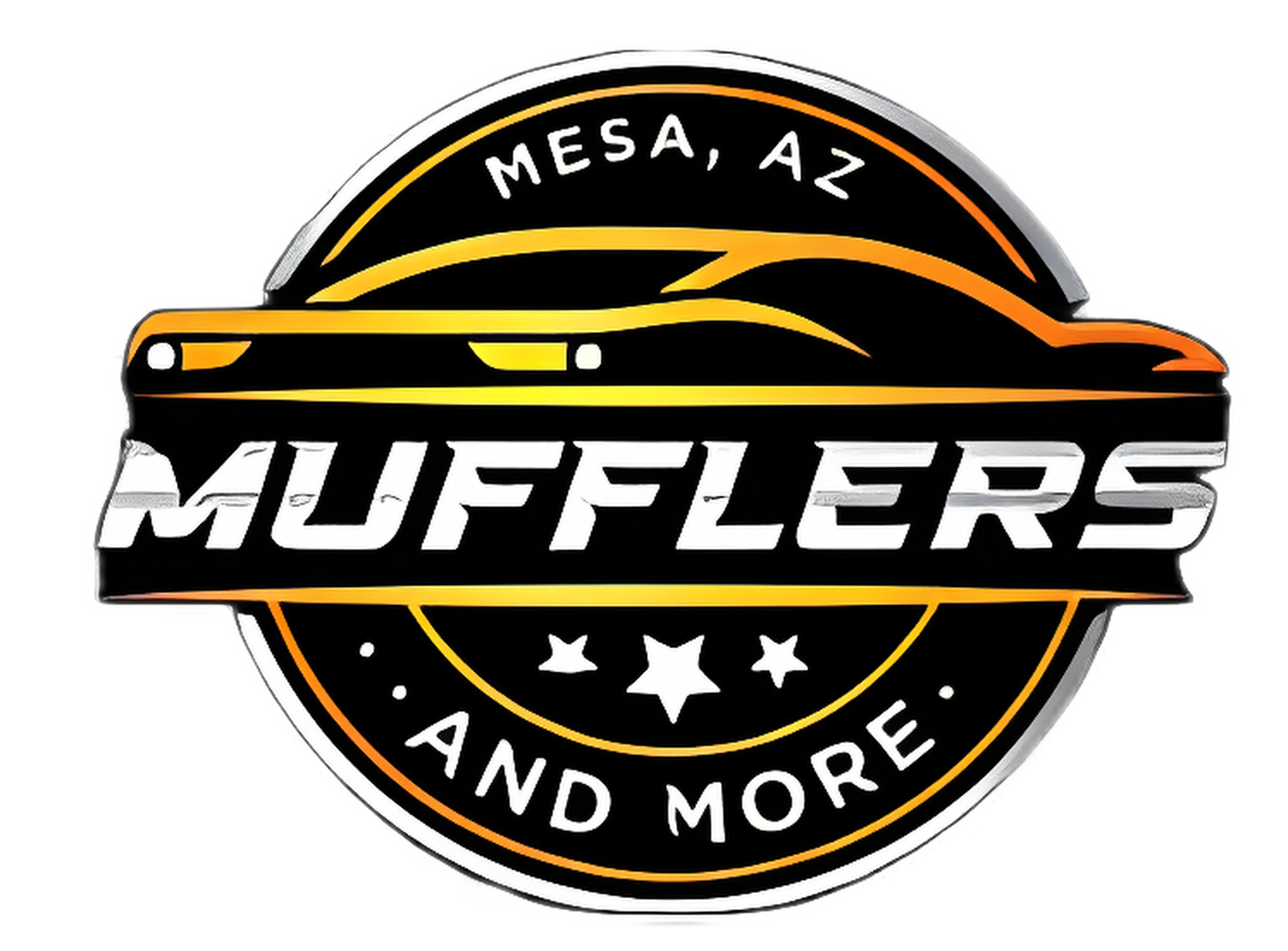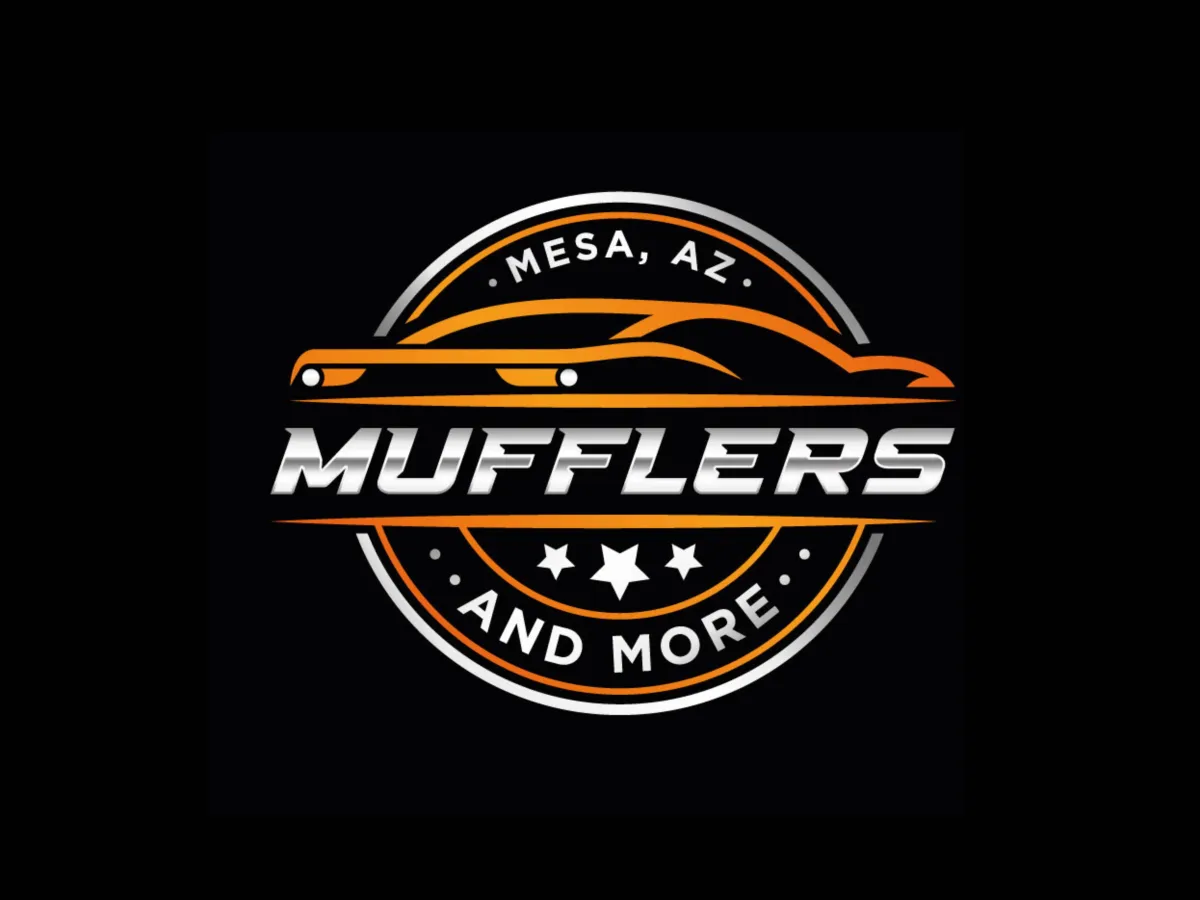
Does Tubing Size Matter? | Understanding Exhaust Tubing Sizes
Are you ready to rev up your knowledge and give your vehicle the breath of fresh air it deserves? Then buckle up and let's dive into the world of "Exhaust Tubing Size Charts" – the unsung hero of your car's performance!
When it comes to tuning your ride, size does matter – and I'm talking about your exhaust tubing size! This chart isn't just a list; it's your ticket to a symphony of engine roars and purrs. Think of an Exhaust Tubing Size Chart as your mechanical matchmaker, pairing your engine's displacement and horsepower with the perfect exhaust pipe diameter. It's like dating for your car's exhaust system, and we're here to help you swipe right on the ideal match.
Whether you're sporting a single or dual exhaust, this chart is your go-to wingman. It ensures you're not choking your car with a too-tight tube or letting it loose with an oversized pipe. Just right means just the right amount of vroom without the doom of back pressure blues.
Using the Exhaust Tubing Size Chart is like giving your vehicle a breath mint. It keeps the exhaust gas velocity in the sweet spot, making sure your car's performance is minty fresh. No one likes a sluggish ride, and with the right tubing size, you can wave goodbye to exhaust lethargy and say hello to peak performance.
Mufflers and More Advisory: The Secret Sauce to Piping Perfection
Are you in the market for an exhaust system that doesn't just whisper but actually talks the torque? Welcome to Mufflers and More, where we treat exhaust tubing sizing like a Michelin-starred chef treats their recipes – with precision, passion, and a pinch of performance!
Let's pipe up about why size really does matter when it comes to your vehicle's exhaust. It's not just about making your car sound like a growling beast or a purring kitten; the right exhaust tubing size is your golden ticket to the trifecta of automotive excellence: horsepower, torque, and efficiency.
Our mantra? "Measure twice, install once!" We live by an Exhaust Tubing Size Chart that's been crafted with more care than a Swiss watch. Why, you ask? Because an exhaust pipe that's too skinny is like trying to sip a milkshake through a coffee stirrer – it just doesn't flow. On the flip side, a pipe that's too wide could have your car's exhaust flow meandering like a lazy river, losing that precious momentum.
Properly sized exhaust tubing catapults your exhaust flow through like a champ, reducing back pressure and keeping that exhaust gas velocity in the sweet spot. This isn't just a bunch of hot air; it's about squeezing every bit of performance from your ride while keeping your fuel consumption as tight as your skinny jeans.
Does Tubing Size Matter
Installing a custom exhaust system on your vehicle can greatly enhance its performance and sound. But, with so many options available in terms of tubing sizes and materials, it can be challenging to determine which one is the right fit for your needs. In this blog post, we will explore the different sizes of exhaust tubing and how they affect the sound of your vehicle.
Exhaust Tubing Sizes
Exhaust tubing comes in various sizes, typically ranging from 1.5 inches to 3 inches in diameter. The diameter of the tubing affects the exhaust flow rate, which in turn affects the performance of your vehicle.
Smaller diameter tubing (1.5-2 inches) is suitable for low-powered vehicles, such as economy cars or small displacement engines. The smaller tubing size restricts the flow of exhaust gases, which creates back pressure that can improve torque at low RPMs. However, this restriction can also limit the performance of high-powered engines by reducing exhaust flow.
On the other hand, larger diameter tubing (2.5-3 inches) is better suited for high-performance vehicles with larger engines. The larger tubing size allows for greater exhaust flow, reducing back pressure and allowing the engine to breathe more efficiently. This increased airflow can lead to improved horsepower and torque at higher RPMs, but may sacrifice some low-end torque.
Exhaust Tubing Materials
Another factor to consider when selecting exhaust tubing is the material used. The most common materials used for exhaust tubing are mild steel, stainless steel, and aluminum.
Mild steel is the most affordable option, but it is prone to rust and corrosion over time. Stainless steel, on the other hand, is more expensive but offers better corrosion resistance and durability. Aluminum tubing is the most lightweight option, making it ideal for racing applications, but it is also the most expensive.
Exhaust Sound
The size of your exhaust tubing can also have a significant impact on the sound of your vehicle. Smaller tubing sizes generally produce a higher-pitched, more aggressive sound, while larger tubing sizes create a deeper, more resonant sound.
If you are looking for a more aggressive sound, smaller diameter tubing can help achieve that. However, keep in mind that this can also create more interior cabin noise and may not be suitable for daily driving.
Larger diameter tubing can produce a more refined exhaust note that is less intrusive to cabin noise, but it may not have the aggressive sound that some drivers prefer.
Conclusion to: Does Tubing Size Matters
When it comes to selecting the right exhaust tubing size for your vehicle, it ultimately depends on your desired performance and sound preferences. Smaller tubing sizes may provide better low-end torque for smaller engines, while larger tubing sizes can increase high-end horsepower for larger engines. The material used also affects durability and corrosion resistance. And, lastly, the size of the tubing can affect the sound of your vehicle, with smaller tubing creating a more aggressive sound and larger tubing producing a more refined exhaust note.
#exhausttubingsizes
#exhausttubingsizechart
#bestaftermarketexhaustsystems







